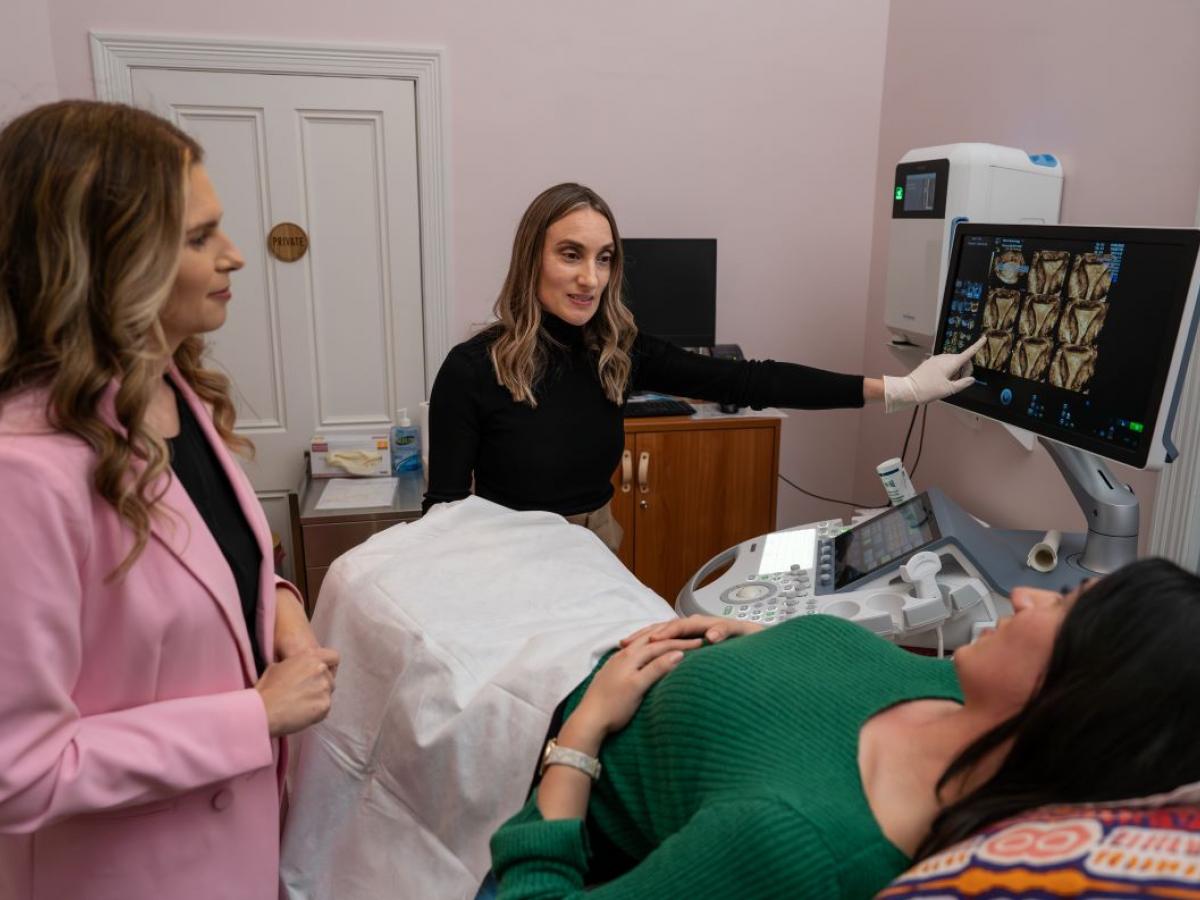Case study: Revolutionising the diagnosis of endometriosis

In Australia, at least one in nine women, or those assigned female at birth, live with often debilitating symptoms caused by endometriosis. Endometriosis occurs when tissue similar to the lining of the uterus grows elsewhere in the body.
The cause of patients’ symptoms is often unknown to them for too long – the average timeframe for an endometriosis diagnosis in Australia is 6.4 years. Undiagnosed suffering not only comes with the physical symptoms of the condition such as strong period pain and heavy bleeding, bowel and bladder issues or infertility, it also takes a toll on the mental health and social life of those affected.
On track to provide non-invasive, fast and cost-effective diagnosis
The current ‘gold standard’ for diagnosis of endometriosis is invasive abdominal surgery by direct visualisation of lesions, which has long wait times, high costs and the requirement for multidisciplinary, highly skilled surgical teams.
The IMAGENDO® team in the Endometriosis research group led by Professor Louise Hull, is well on track to revolutionise how endometriosis is diagnosed. Funded by an MRFF Primary Health Care Research Data Infrastructure Grant, an interdisciplinary team of endometriosis researchers from Robinson Research Institute, artificial intelligence experts from the University of Adelaide’s Australian Institute for Machine Learning, and specialist gynaecological and obstetrics imaging partners locally and around the globe, are working on technology that is set to improve the lives of many.
IMAGENDO® is an automated and guided diagnostic system for the identification of specific endometriosis features that can be visualised in transvaginal ultrasound (TVUS) and magnetic resonance imaging (MRI) scans. An artificial intelligence algorithm that has been developed and trained by hundreds of images, locates and consolidates a specific set of endometriosis features and yields scores for the probability of a diagnosis of endometriosis and, if present, the likely severity.
"We currently see a 90% accuracy rate of the technology in being able to distinguish positive from negative cases. If the development continues as we expect, we hope to see the technology rolled out worldwide with an aim of having it available in clinics within the next two to five years."Dr Jodie Avery, IMAGENDO Program Manager
Set to improve the lives of many
IMAGENDO® was awarded the prestigious 2023 ANSTO Eureka Prize for Innovative Use of Technology and if the new technology delivers on the promise, the benefits to patients and the public will be many. The rapid and cost-efficient diagnosis option will enable individualised care plans to be established much sooner, without years of waiting. The need for invasive abdominal surgery will be reduced, and unnecessary surgery and some cases of repeated surgery will be avoided. Further, there is potential to safeguard the fertility of young patients with earlier diagnosis providing them the opportunity to freeze their eggs at a younger age. The technology will also help in training and up-skilling sonographers and act as an imaging data repository.
To pave the way for a clinical roll-out, the algorithm undergoes constant iterations to include more markers of endometriosis and expand to cover adolescents and young women. International collaborations are being expanded to further refine the technology and prepare for an international roll-out.
